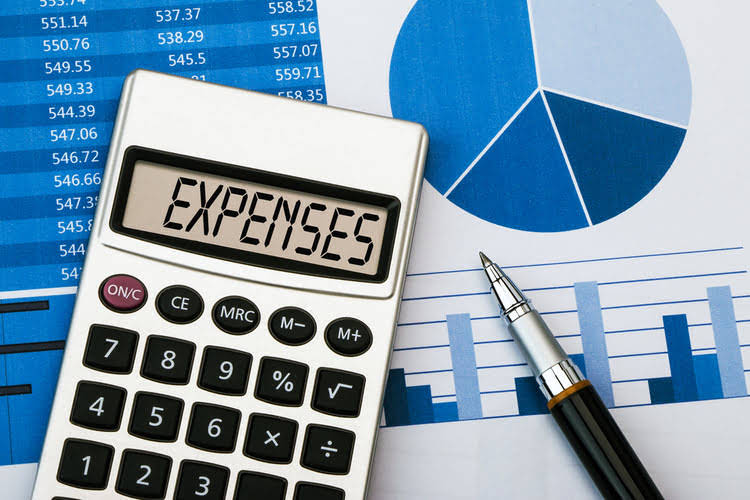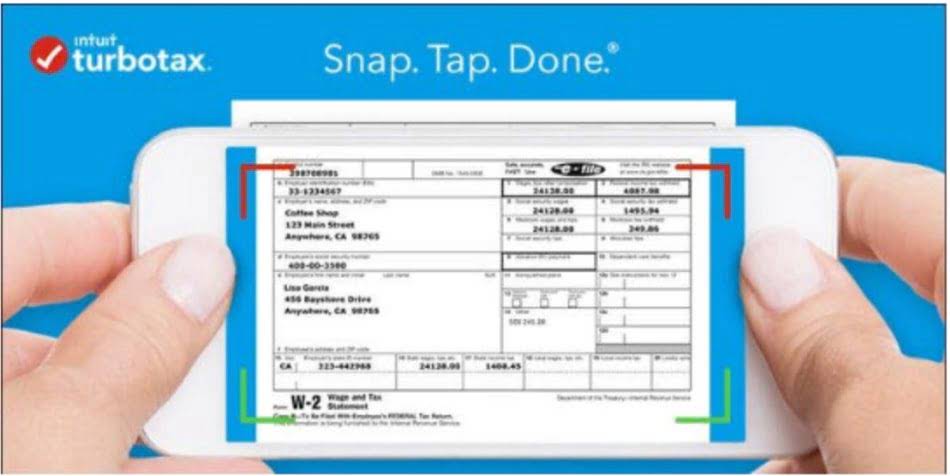Understanding Methods and Assumptions of Depreciation

The term amortization is used in both accounting and lending with different definitions and uses. The 100% expensing is also available for certain productions (qualified film, television, and live staged performances) and certain fruit or nuts planted or grafted after September 27, 2017. If your total acquisitions are greater than $3,050,000 the maximum deduction begins to be phased out. While companies depreciable assets do not break down the book values or depreciation for investors to the level discussed here, the assumptions they use are often discussed in the footnotes to the financial statements.

Characteristics of depreciable assets
To figure your MACRS depreciation deduction for the short tax year, you must first determine the depreciation for a full tax year. You do this by multiplying your basis in the property by the applicable depreciation rate. Do this by multiplying the depreciation for a full tax year by a fraction. The numerator (top number) of the fraction is the number of months (including parts of a month) the property is treated as in service during the tax year https://www.bookstime.com/articles/cash-dividends-and-stock-dividends (applying the applicable convention). See Depreciation After a Short Tax Year, later, for information on how to figure depreciation in later years.

What if the useful life of an asset is short?
Instead https://www.instagram.com/bookstime_inc of including these amounts in the adjusted basis of the property, you can deduct the costs in the tax year that they are paid. For example, amounts paid to acquire memberships or privileges of indefinite duration, such as a trade association membership, are eligible costs. Generally, if you can depreciate intangible property, you usually use the straight line method of depreciation. However, you can choose to depreciate certain intangible property under the income forecast method (discussed later). You must treat an improvement made after 1986 to property you placed in service before 1987 as separate depreciable property.
- You can claim the section 179 deduction and a special depreciation allowance for listed property and depreciate listed property using GDS and a declining balance method if the property meets the business-use requirement.
- However, if the cost is for a betterment to the property, to restore the property, or to adapt the property to a new or different use, you must treat it as an improvement and depreciate it.
- You use the calendar year and place nonresidential real property in service in August.
- In addition, LITCs can provide information about taxpayer rights and responsibilities in different languages for individuals who speak English as a second language.
- To be depreciable, the property must meet all the following requirements.
- It allocates $40,000 of its section 179 deduction and $50,000 of its taxable income to Dean, one of its partners.
Depreciation Overview
To claim depreciation, you must own the asset and use it for income-producing activity. Understanding depreciation helps you predict the value of your asset and claim the relevant tax deductions to reduce your total taxable income. Small businesses can depreciate machinery, equipment, buildings, vehicles, and furniture. If a business uses an asset, such as a car, for business or investment and personal purposes, the business owner can depreciate only the business or investment use portion. Land is never depreciable, although buildings and certain land improvements may be. The double-declining balance method is advantageous because it can help offset increased maintenance costs as an asset ages; it can also maximize tax deductions by allowing higher depreciation expenses in the early years.
Sum-of-Years-Digits Depreciation
For example, if you must depreciate the listed property using the straight line method, you must also depreciate the improvement using the straight line method. The unadjusted depreciable basis of a GAA is the total of the unadjusted depreciable bases of all the property in the GAA. The unadjusted depreciable basis of an item of property in a GAA is the amount you would use to figure gain or loss on its sale, but figured without reducing your original basis by any depreciation allowed or allowable in earlier years. However, you do reduce your original basis by other amounts, including any amortization deduction, section 179 deduction, special depreciation allowance, and electric vehicle credit. Special rules apply to figuring depreciation for property in a GAA for which the use changes during the tax year. Examples include a change in use resulting in a shorter recovery period and/or a more accelerated depreciation method or a change in use resulting in a longer recovery period and/or a less accelerated depreciation method.
- An intangible property such as the advantage or benefit received in property beyond its mere value.
- 551 and the regulations under section 263A of the Internal Revenue Code.
- Depletion also lowers the cost value of an asset incrementally through scheduled charges to income.
- In chapter 4 for the rules that apply when you dispose of that property..
Take the time to depreciate your assets

If it is described in Table B-1, also check Table B-2 to find the activity in which the property is being used. If the activity is described in Table B-2, read the text (if any) under the title to determine if the property is specifically included in that asset class. If it is, use the recovery period shown in the appropriate column of Table B-2 following the description of the activity. You will need to look at both Table B-1 and Table B-2 to find the correct recovery period. Generally, if the property is listed in Table B-1, you use the recovery period shown in that table.

Accountingo.org aims to provide the best accounting and finance education for students, professionals, teachers, and business owners. The sofa is a current asset of the furniture shop because it is for sale which is why it can’t be depreciated. The business recorded accumulated depreciation worth $35 million. Get unlimited tax advice right on your screen from live experts as you do your taxes. Suppose that trailer technology has changed significantly over the past three years and the company wants to upgrade its trailer to the improved version while selling its old one.
- In this example, the straight-line annual depreciation rate is about 10% per year.
- For example, if a large piece of machinery or property requires a large cash outlay, it can be expensed over its usable life, rather than in the individual period during which the cash outlay occurred.
- In some cases, an asset may decline in value at a steady rate, while others may decline more rapidly in years where they see heavier use.
- Under the allocation method, you figure the depreciation for each later tax year by allocating to that year the depreciation attributable to the parts of the recovery years that fall within that year.
- Subtract salvage value from asset cost to get the total value that this asset will provide you over its lifespan.
- The following table shows the quarters of Tara Corporation’s short tax year, the midpoint of each quarter, and the date in each quarter that Tara must treat its property as placed in service.
- You also generally continue to use the same depreciation method and convention used for the exchanged or involuntarily converted property.

You multiply the reduced adjusted basis ($480) by the result (28.57%). You reduce the adjusted basis ($1,000) by the depreciation claimed in the first year ($200). Depreciation for the second year under the 200% DB method is $320.
